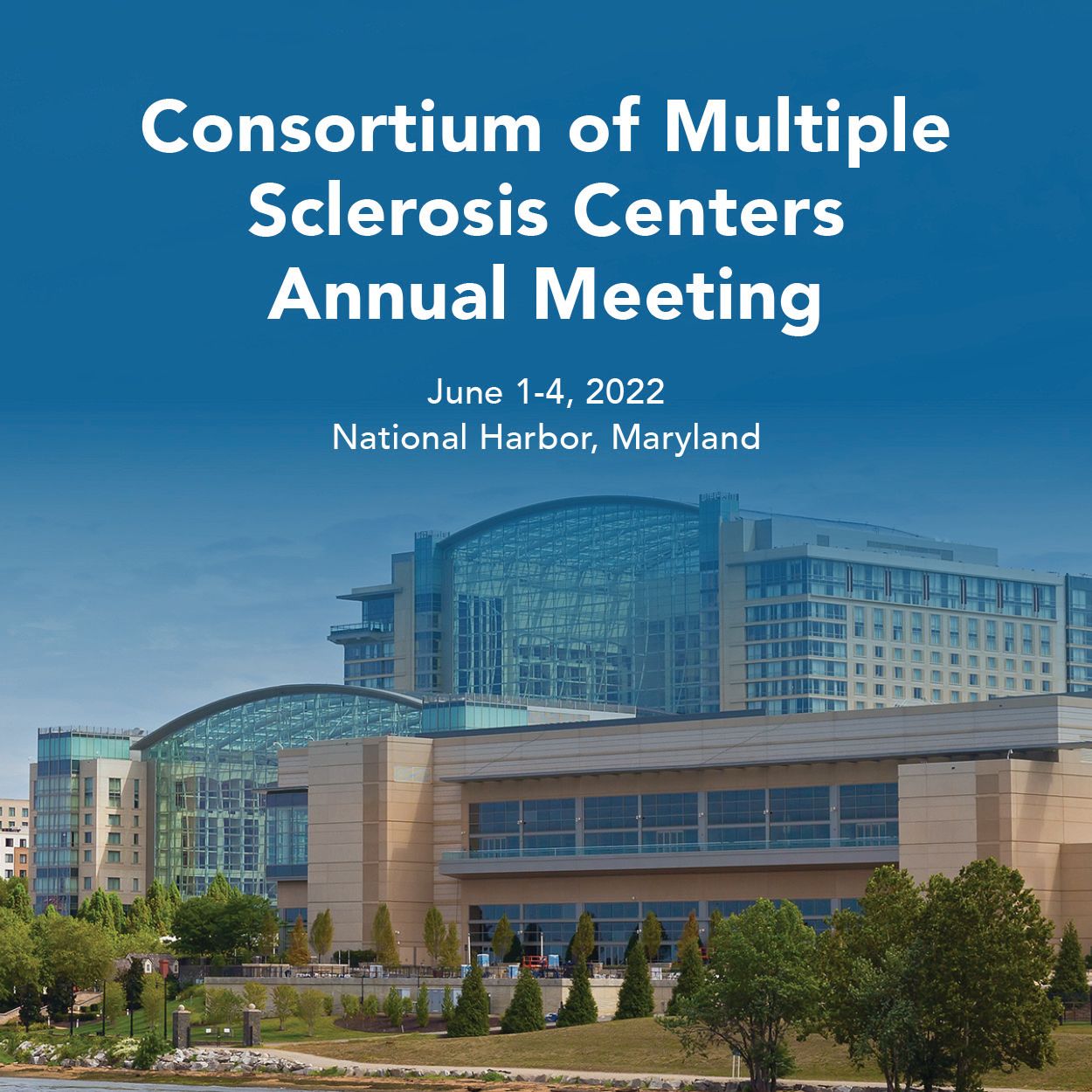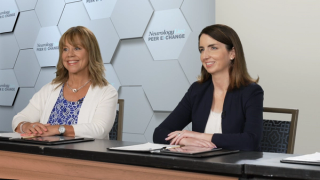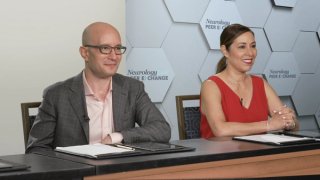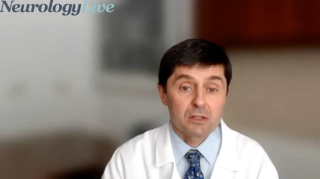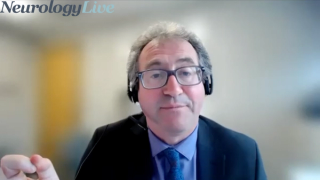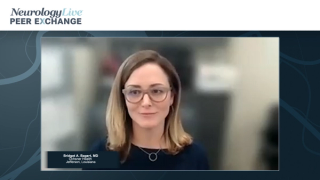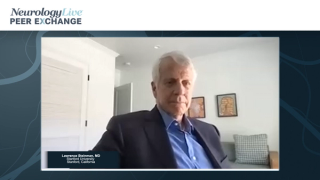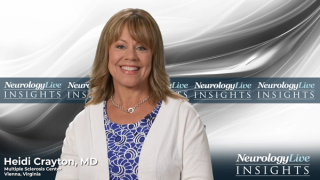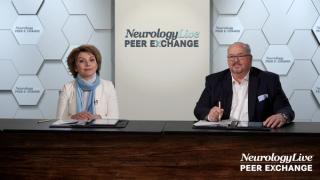
MS and Demyelinating Disorders
Latest News
Latest Videos

CME Content
More News

Although neutropenic fever was common among patients, there was no significant difference between disease-modifying therapies, including those with long-lasting effects.
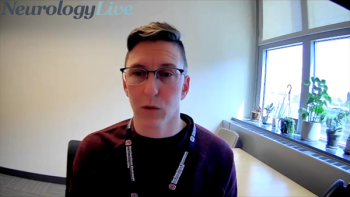
The assistant professor of neurology at The Ohio State University Wexner Medical Center provided insight on finding strategies to prevent neurodegeneration in multiple sclerosis. [WATCH TIME: 3 minutes]

Here's what is coming soon to NeurologyLive®.

Test your neurology knowledge with NeurologyLive®'s weekly quiz series, featuring questions on a variety of clinical and historical neurology topics. This week's topic is neuropathic disorders.

Take 5 minutes to catch up on NeurologyLive®'s highlights from the week ending May 20, 2022.
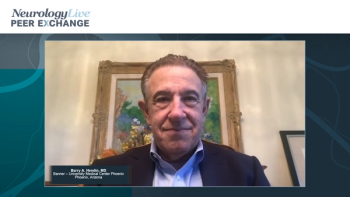
Dr Barry A. Hendin reviews the use of high efficacy therapy in MS.

Regina Berkovich, MD, PhD, defines inflammation in multiple sclerosis and its role in MS pathogenesis.

Dr Okai provides an overview of oral DMTs available to patients with RRMS.

Two MS experts discuss shared decision-making and other considerations in choosing MS treatment.
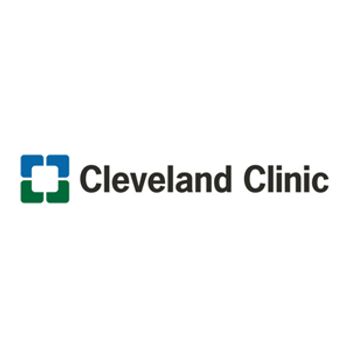
The importance of addressing disorders of the brain cannot be overstated, and doing so will be essential to our generation and generations to come.

Here's what is coming soon to NeurologyLive®.

Test your neurology knowledge with NeurologyLive®'s weekly quiz series, featuring questions on a variety of clinical and historical neurology topics. This week's topic is sleep disorders.
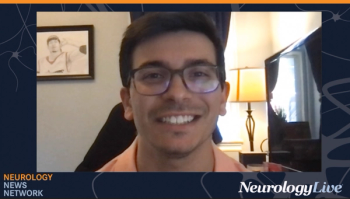
Neurology News Network for the week ending May 14, 2022. [WATCH TIME: 4 minutes]

Take 5 minutes to catch up on NeurologyLive®'s highlights from the week ending May 13, 2022.

Barry A. Hendin, MD, discusses innate and adaptive immunity and BTK inhibitors in the treatment of multiple sclerosis (MS).
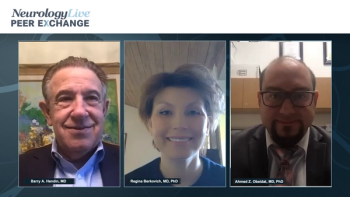
Barry A. Hendin, MD, and Regina Berkovich, MD, PhD, provide an overview of the immune system, focusing on innate vs adaptive immunity, in the management of multiple sclerosis.

Dr Okai explains why it is important to initiate MS treatment early and to stay compliant with the treatment.

Drs Obeidat and Okai, 2 MS experts, discuss impact of relapsing-remitting multiple sclerosis (RRMS) on the quality of life of patients and caregivers.

From Standard-of-Care Injectables to Next-Generation S1P Receptor Modulators, Newer Treatments Offer Patients Options
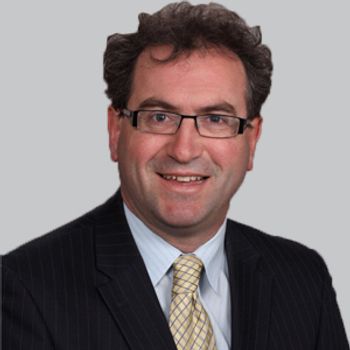
Across a 58-patient cohort, ravulizumab’s safety and tolerability were consistent with previous clinical studies, with most patients opting to enter a long-term extension period following the study.

Here's what is coming soon to NeurologyLive®.

Test your neurology knowledge with NeurologyLive®'s weekly quiz series, featuring questions on a variety of clinical and historical neurology topics. This week's topic is neuromuscular disorders.
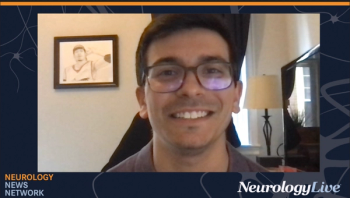
Neurology News Network for the week ending May 7, 2022. [WATCH TIME: 4 minutes]

The early-stage clinical trial will include 40 healthy volunteers to evaluate the safety and immune response of an investigational EBV gp350-Ferritin nanoparticle vaccine with a saponin-based Matrix-M adjuvant.

Take 5 minutes to catch up on NeurologyLive®'s highlights from the week ending May 6, 2022.




